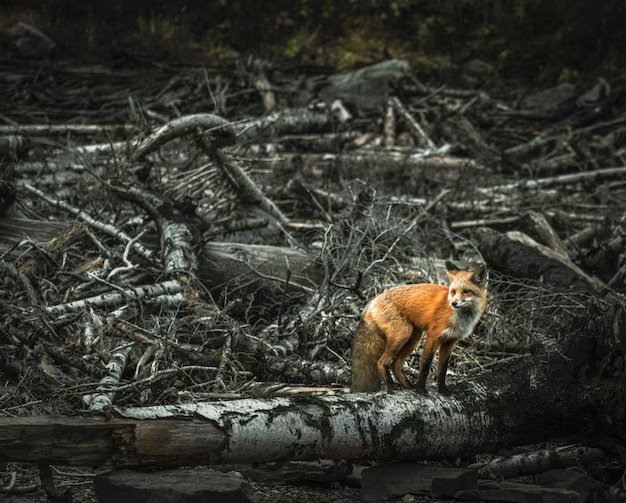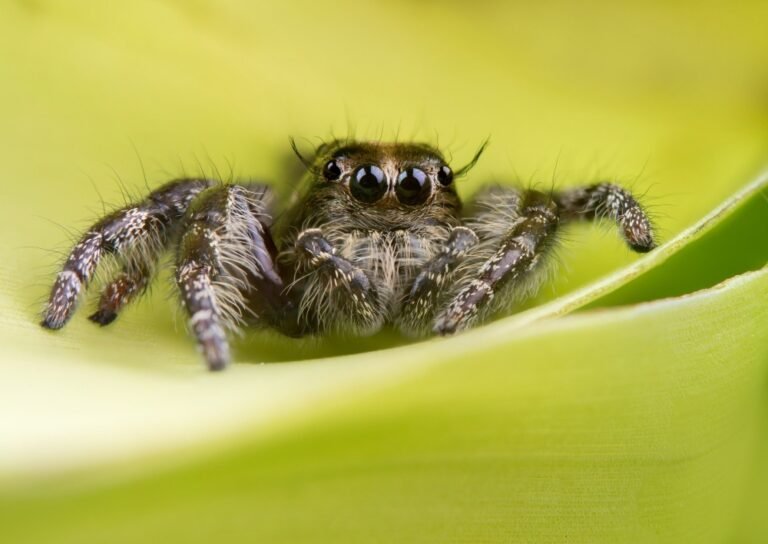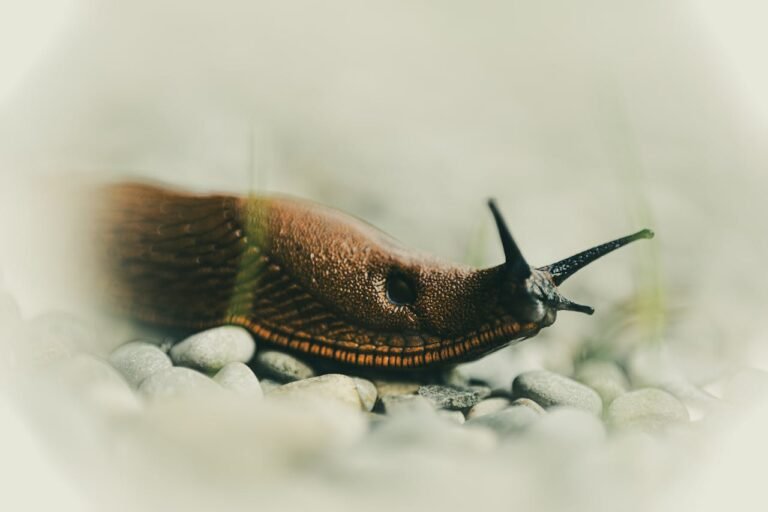12 Animals with a Sixth Sense: Nature’s Hidden Powers
Have you ever wondered how birds know exactly where to go when they migrate thousands of miles, or why your dog waits by the door just before you get home? It’s not magic—these animals have extraordinary senses that go beyond what we humans experience. While we rely on sight, smell, taste, touch, and hearing, many creatures have an extra sense that allows them to detect things we can’t even perceive.
Scientists call this ability a “sixth sense.” It helps animals navigate, find food, sense danger, and even predict natural disasters. For example, pigeons can detect Earth’s magnetic fields to find their way home, sharks can sense the electrical signals of their prey, and elephants can feel distant storms through the ground. These aren’t just fun facts—they are real, scientifically studied abilities that help animals survive in ways we are only beginning to understand.
In this guide, we’ll explore 12 incredible animals with a sixth sense, breaking down the science behind their unique abilities. By the end, you’ll see the natural world in a whole new light—and maybe even start noticing the hidden signals around you.

In This Article
- 1. Pigeons: Nature’s Living Compasses
- 2. Sharks: The Electromagnetic Hunters
- 3. Dogs: Masters of Emotional Perception
- 4. Cats: Predictors of Earthquakes?
- 5. Elephants: The Giants Who Listen to the Earth
- 6. Salmon: The Incredible Journey Home
- 7. Bats: Masters of the Night
- 8. Butterflies: Nature’s Weather Forecasters
- 9. Bees: Detecting the Earth’s Magnetic Field
- 10. Cows: Living Compasses?
- 11. Octopuses: Masters of Camouflage and Intelligence
- 12. Tarantulas: Sensitive to Vibrations
- Conclusion: What We Can Learn from These Animals
1. Pigeons: Nature’s Living Compasses
Imagine being dropped in an unfamiliar city with no GPS, no map, and no signs—just your instincts to guide you home. That’s what pigeons do effortlessly. These birds have an incredible internal compass that allows them to navigate thousands of miles with pinpoint accuracy. Scientists at the University of Oxford have discovered that pigeons use magnetoreception—an ability to sense Earth’s magnetic field—to find their way. They also rely on visual landmarks, the position of the sun, and even smell to create mental maps of their environment.
Pigeons have played an essential role in human history, particularly in wartime. During World War I and II, pigeons carried messages across dangerous territories when radio signals were jammed or too risky to use. One of the most famous pigeons, Cher Ami, became a war hero after delivering a life-saving message that helped rescue nearly 200 stranded soldiers. Despite being shot and badly injured, this brave little bird completed its mission, proving that pigeons are far more than just city nuisances—they are remarkable navigators and unsung heroes.
According to a study by Dr. Anna Gagliardo, a neuroscientist specialiSing in avian navigation, these birds combine multiple cues, from magnetic fields to visual landmarks, to navigate with astonishing accuracy. Their abilities continue to inspire researchers in fields like bio-navigation and robotics. In other words, pigeons might just be nature’s answer to GPS technology.
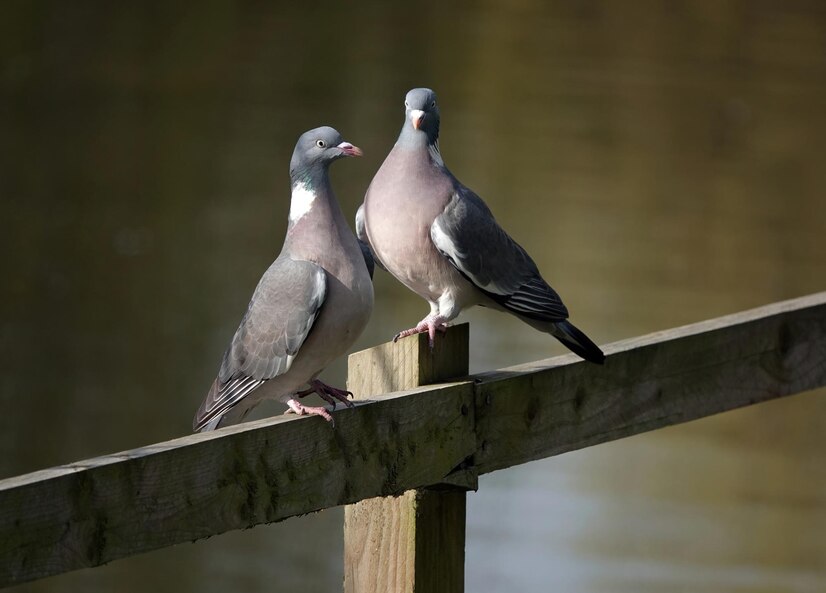
2. Sharks: The Electromagnetic Hunters
Sharks are often portrayed as mindless killers, but in reality, they are finely tuned predators with one of the most sophisticated sensory systems in the animal kingdom. They possess tiny, gel-filled organs called the ampullae of Lorenzini, which allow them to detect the faint electrical signals given off by living creatures. This means a shark can sense the heartbeat of a fish hiding beneath the sand, long before it ever sees or smells it.
Great white sharks, the ocean’s apex predators, rely on this electroreception more than their eyesight. Even in murky waters, they can locate their next meal with impressive accuracy. Scientists have observed sharks detecting electrical fields as weak as one-billionth of a volt per centimetre—essentially picking up the bioelectric signals of their prey from meters away.
Understanding how sharks sense electric fields has led to the development of shark deterrent devices. These gadgets emit electrical signals that interfere with the shark’s ability to detect prey, keeping swimmers and divers safer in shark-inhabited waters. By studying nature’s best hunters, humans are learning new ways to coexist with these misunderstood creatures.

Learn More: 10 Endangered Animals That Help the Environment
3. Dogs: Masters of Emotional Perception
If you’ve ever had a dog, you know they can pick up on your mood. Whether you’re sad, stressed, or excited, your furry friend seems to sense it before you even say a word. That’s because dogs are experts at reading human emotions. Their incredible sense of smell allows them to detect changes in our body chemistry, particularly stress hormones like cortisol.
Many pet owners have experienced their dogs comforting them in times of distress. I remember a time when I was feeling particularly anxious about a big life change. My dog, Max, refused to leave my side, resting his head on my lap and looking at me with those big, soulful eyes. It wasn’t just a coincidence—science backs this up. Service dogs are trained to detect anxiety and panic attacks before they happen, helping people with PTSD and other conditions navigate daily life.
Statistics Table: Dogs’ Detection Abilities
| Condition | Detection Accuracy |
|---|---|
| Epileptic Seizures | 80-90% |
| Cancer (Various Types) | 90-97% |
| Diabetes (Blood Sugar Drops) | 90% |
Dogs aren’t just man’s best friend—they are also life-saving companions.

4. Cats: Predictors of Earthquakes?
Cats have a reputation for being mysterious, and their ability to detect earthquakes before they happen only adds to their mystique. Many cat owners report their pets acting strangely—pacing, hiding, or even fleeing—just before an earthquake strikes. Scientists believe this might be because cats can sense the tiniest vibrations through their highly sensitive paw pads.
In a study conducted in Japan, researchers found that 60% of pet owners noticed unusual behaviour in their cats before an earthquake. These findings suggest that felines might have a built-in early warning system that humans are only beginning to understand.
Could cats hold the key to developing better earthquake detection technology? Time (and more research) will tell.

5. Elephants: The Giants Who Listen to the Earth
Imagine standing in the middle of a vast African plain, surrounded by the rhythmic hum of nature. You might not hear a thing, but beneath your feet, elephants are having a conversation. These majestic creatures communicate using infrasound—low-frequency vibrations that travel through the ground, far beyond what human ears can detect.
Dr. O’Connell-Rodwell, a leading expert in elephant communication, explains, “Elephants can detect distant storms and even communicate across miles using vibrations.” This ability is like a secret messaging system, allowing herds to stay connected over long distances. Scientists believe elephants use the sensitive pads on their feet to pick up these vibrations, almost like feeling the pulse of the earth itself.
One incredible example of this is how elephants react to distant thunderstorms. Long before humans hear thunder or see lightning, elephants start moving toward potential water sources. Researchers in Namibia observed elephants changing their migration patterns based on storms hundreds of miles away. By tapping into these ground signals, elephants ensure they find water before the land becomes too dry.
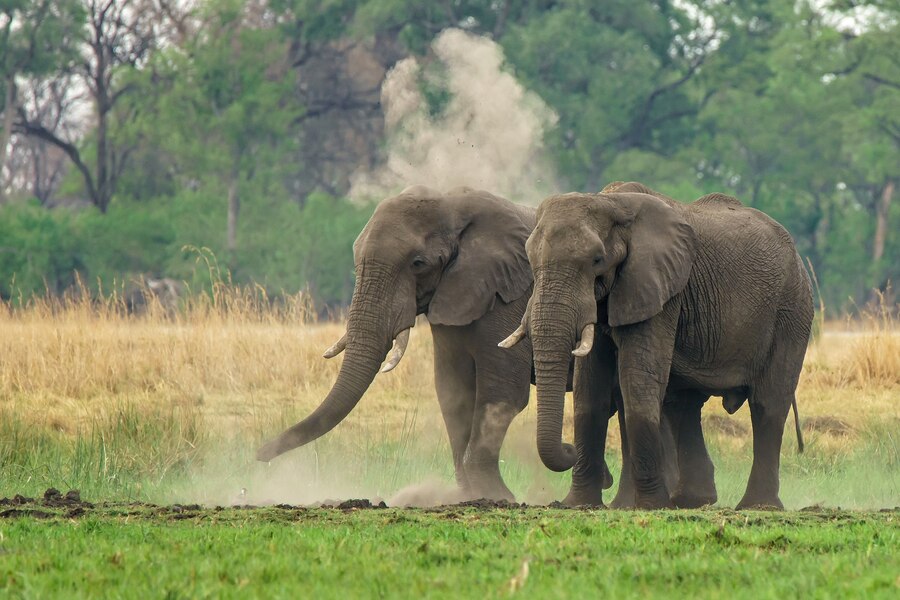
6. Salmon: The Incredible Journey Home
If elephants have an ear to the ground, salmon have an internal compass that would put any GPS to shame. These remarkable fish are born in freshwater rivers, then spend years in the open ocean before making the treacherous journey back to their exact birthplace to spawn. How do they do it? The secret lies in their ability to sense Earth’s magnetic field.
Research from Oregon State University shows that young salmon imprint on the unique magnetic signature of their home river before heading out to sea. Years later, when it’s time to return, they use this magnetic map to navigate thousands of miles with astonishing accuracy. It’s like a built-in navigation system that never fails.
This phenomenon has fascinated scientists for decades. In one study, researchers exposed salmon to artificial magnetic fields that mimicked different geographic locations. Amazingly, the fish oriented themselves as if they were already swimming home, proving they rely on these signals rather than memory or sight.
This ability is crucial for the survival of salmon populations, especially as human-made obstacles like dams disrupt their natural migration. Conservationists are now using this knowledge to create fish passages that align with salmon’s natural instincts, helping them complete their journey home.
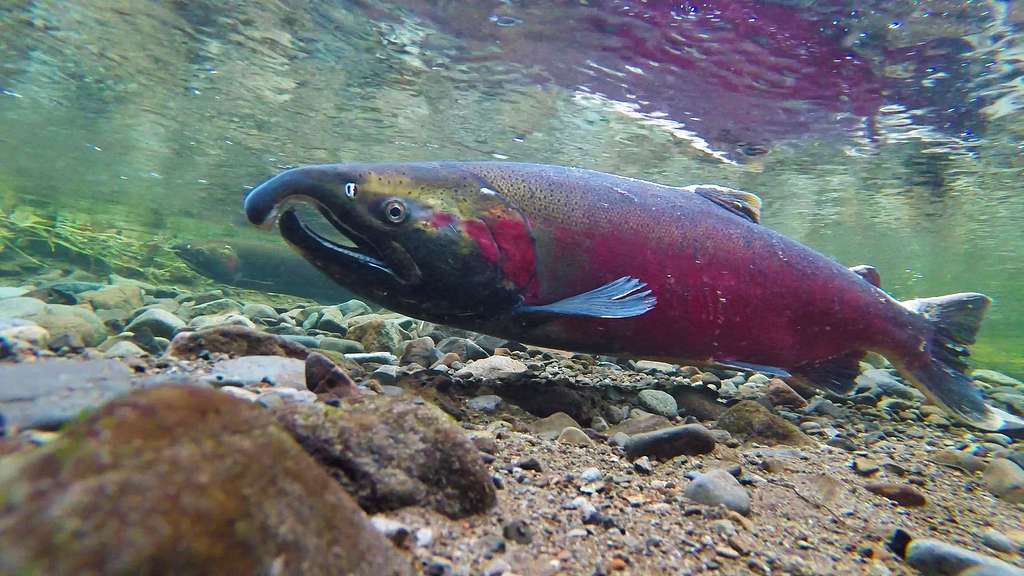
7. Bats: Masters of the Night
Picture yourself in total darkness. No lights, no moon, nothing to guide you. Now, imagine trying to fly through that darkness at high speeds, avoiding trees and catching tiny insects in mid-air. This is what bats do every night, thanks to echolocation.
Bats emit high-frequency sounds that bounce off objects, returning as echoes. By interpreting these echoes, bats create a detailed mental map of their surroundings, allowing them to hunt and navigate even in pitch-black conditions. It’s like having built-in sonar, similar to what submarines use underwater.
This incredible skill has led to real-world applications for humans. Scientists have developed echolocation-inspired devices to help visually impaired people navigate their environments. Some individuals even train themselves to use subtle clicking noises to detect nearby objects, mimicking how bats operate.
Bats might not be the most popular creatures, but their ability to “see” with sound has reshaped how we think about perception. The next time you see one fluttering through the night, remember that they’re not just flying—they’re mapping their world in ways we can barely comprehend.
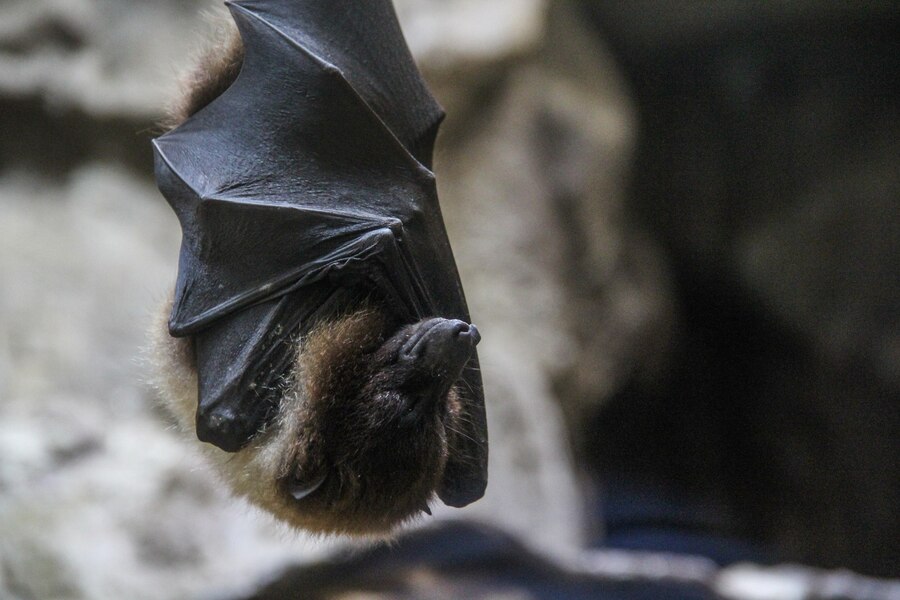
Learn More: 5 Effects of Deforestation on Animals
8. Butterflies: Nature’s Weather Forecasters
We’ve all checked the weather forecast before heading outside, but what if you could sense a storm days before it arrived? That’s exactly what some butterflies can do. These delicate creatures might look fragile, but their ability to detect barometric pressure changes makes them natural meteorologists.
Monarch butterflies, for instance, alter their migration routes based on upcoming storms. Researchers studying their flight patterns found that these butterflies make subtle course corrections when air pressure drops, sometimes avoiding dangerous weather days in advance.
One remarkable example occurred during a migration study in Texas. A group of monarchs abruptly changed direction, avoiding what later became a severe thunderstorm. This instinctive ability to sense weather shifts isn’t just a survival skill—it plays a crucial role in their 3,000-mile journey to Mexico each year.
Understanding how butterflies predict weather changes has inspired new technologies. Scientists are now studying butterfly sensory organs to develop better storm prediction models, hoping to improve early-warning systems for extreme weather events.
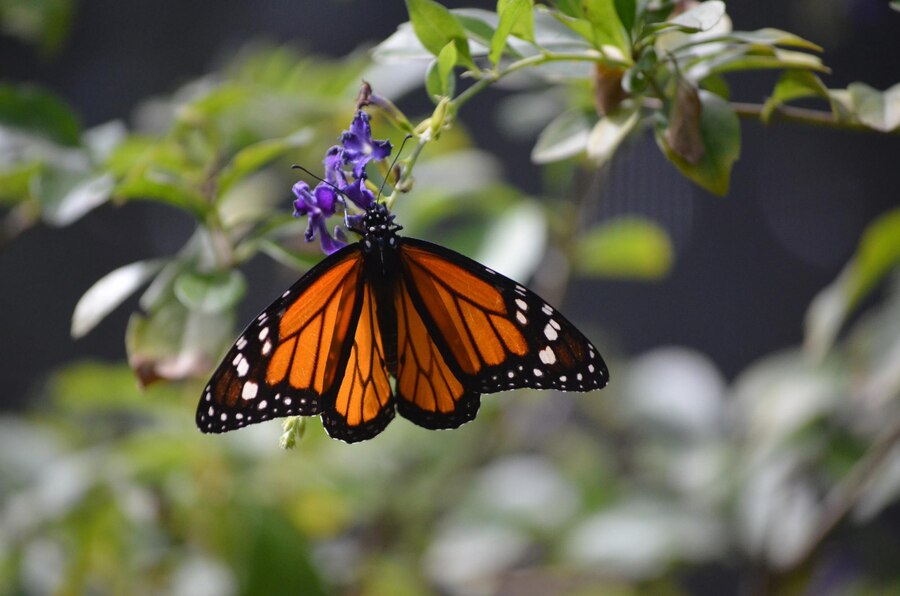
9. Bees: Detecting the Earth’s Magnetic Field
Imagine being able to find your way home without a map, GPS, or even street signs—just by sensing the Earth’s invisible forces. That’s exactly what bees do every day. These tiny creatures are some of the best navigators in the natural world, using an ability called magnetoreception to find their way back to the hive with incredible accuracy.
Bees have tiny magnetic particles in their bodies, allowing them to detect Earth’s magnetic field. Scientists believe this ability helps them create an internal map, guiding them as they travel miles away in search of nectar and pollen. When it’s time to return, they don’t just rely on the sun or landmarks—they literally “feel” their way home using the planet’s magnetic field.
What’s truly fascinating is how human technology is learning from these small pollinators. Researchers studying bee navigation have applied their findings to drone technology, designing small, autonomous drones that mimic bees’ ability to find their way without GPS. By understanding how bees sense direction, engineers are working on machines that could assist in disaster zones, remote farming, and even space exploration.
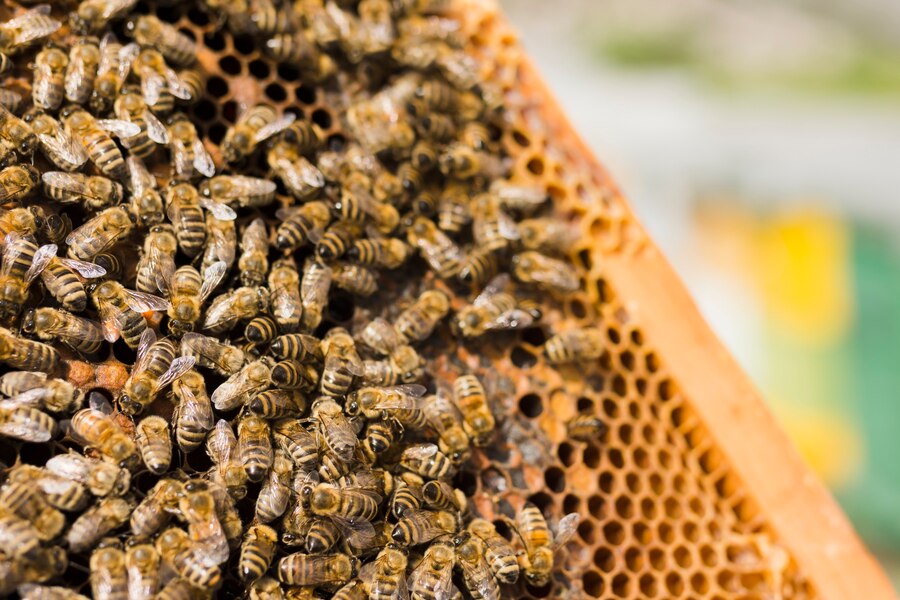
10. Cows: Living Compasses?
Cows might seem like simple farm animals, but did you know they might have built-in compasses? It turns out, cows have a strange but remarkable tendency to align themselves in a particular direction when they graze or rest.
A study in 2008 used Google Earth images to analyse over 8,000 cows in different locations worldwide. The result? Around 70% of them faced either north or south while grazing or resting. Scientists believe that cows are unconsciously tuning into Earth’s magnetic field, much like bees and birds do.
This discovery raised a lot of questions. If cows have this ability, could other large mammals sense the Earth’s magnetic field too? And could this be why some animals, like deer, tend to travel in certain migratory patterns? While research is still ongoing, farmers have begun noticing this pattern in their herds as well.

11. Octopuses: Masters of Camouflage and Intelligence
Octopuses are like the escape artists of the ocean. They can disappear in plain sight, squeeze through tiny gaps, and even open jars with their tentacles. But their most stunning skill is their ability to instantly change colour and texture to blend into their surroundings.
Unlike most animals, octopuses don’t just rely on their eyes to understand their environment—they sense their surroundings through their skin. Special skin cells called chromatophores help them detect changes in light, colour, and texture, allowing them to transform in milliseconds. Whether they’re hiding from predators or sneaking up on prey, their camouflage skills are unmatched in the animal kingdom.
Many scuba divers tell stories of octopuses watching them with curiosity, sometimes even following them around. In fact, marine biologists have observed octopuses playing with objects, showing problem-solving skills, and even recognising individual humans! Their intelligence rivals that of some small mammals, making them one of the most intriguing creatures in the ocean.
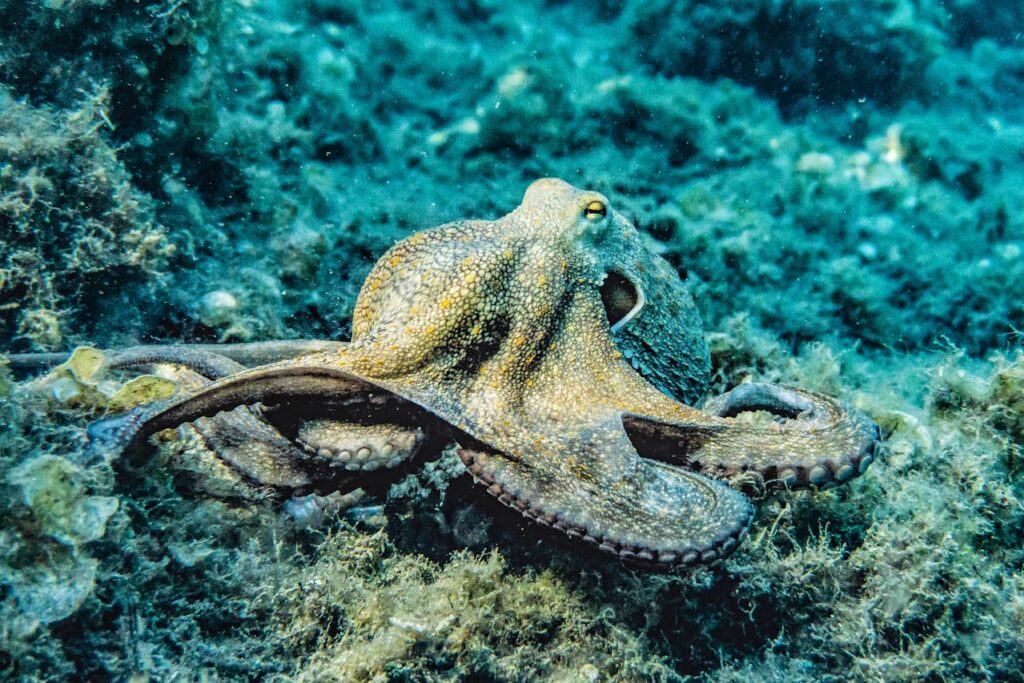
12. Tarantulas: Sensitive to Vibrations
If you think tarantulas are just slow-moving spiders, think again. They don’t rely on eyesight to hunt or defend themselves—instead, they “listen” to the world through their legs.
Tarantulas have thousands of tiny hairs on their legs that can pick up even the smallest ground vibrations. These hairs act like ultra-sensitive motion detectors, helping them sense approaching predators or unsuspecting prey before they come into view. This ability is crucial for survival, especially since tarantulas often live in burrows and need to detect movement from above ground.
By feeling the vibrations of a nearby insect, a tarantula knows exactly when and where to strike. This sensitivity to vibrations is also why they seem to react so quickly when touched—it’s their version of a sixth sense.
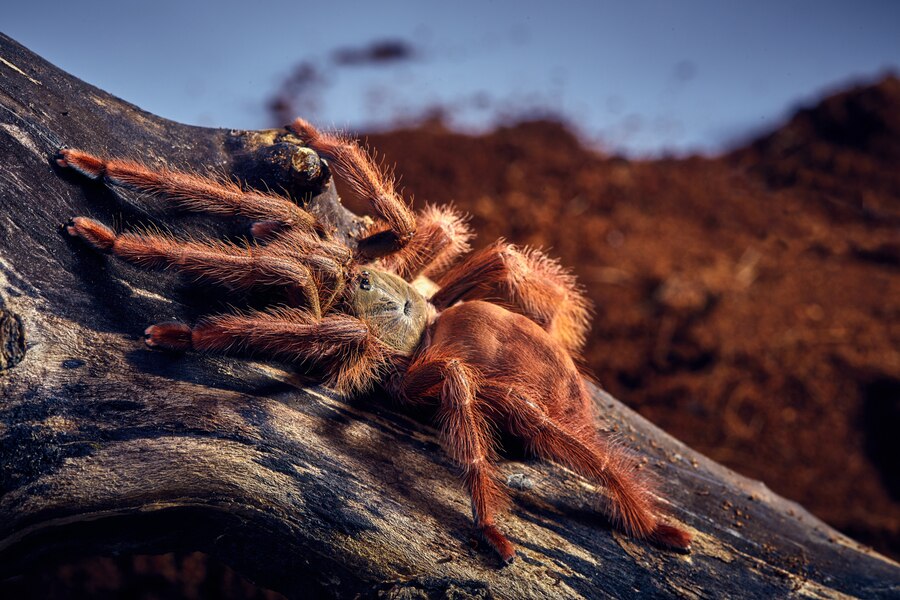
Conclusion: What We Can Learn from These Animals
Animals with enhanced senses remind us that the world is far richer and more complex than we often realise. While we rely on technology to navigate, communicate, and survive, creatures like bees, cows, octopuses, and tarantulas have evolved to use the natural forces around them in ways we are only beginning to understand.
Actionable Takeaways:
- Pay attention to animal behaviour: Your pets and local wildlife might sense environmental changes before we do.
- Support conservation efforts: Many of these animals face threats from habitat destruction and climate change.
- Look to nature for inspiration: The abilities of animals like bees and octopuses are shaping new technologies in navigation, robotics, and medicine.
By studying and respecting these extraordinary creatures, we not only deepen our appreciation for nature but also unlock new ways to improve human life. Perhaps we, too, have hidden senses waiting to be discovered.

